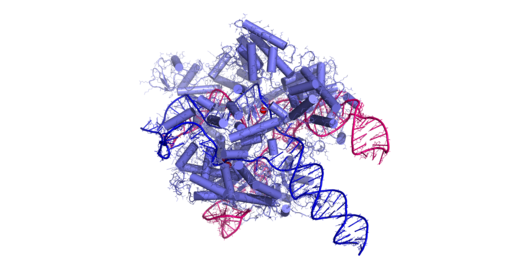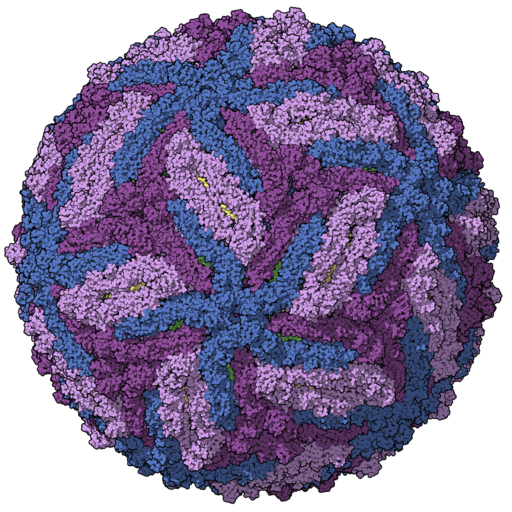We all know that although science is improving rapidly on a global scale, diagnostic tests for diseases remain sensitive and require complicated techniques. One evident example is the tests for COVID-19. This complexity can range from their preparation to an interpretation of their results. However, recent research from the American Chemical Society has developed a method that is able to analyze viral or infected nucleic acids in less than 30 minutes and in just one step. This is all due to “glow in the dark” proteins.
Bioluminescence is a scientific phenomenon that powers many animals: a firefly’s flash, an anglerfish’s glowing head, and even phytoplankton’s blue color. Here a chemical reaction occurs, involving the luciferase protein. This protein essentially causes the “glow in the dark” effect. The protein is incorporated into sensors which emit a light when a target is located. Although the simplicity of these sensors is idyllic for clinical diagnostic testing, they still lack the sensitivity
One solution to this problem is presented by a particular gene editing technique: CRISPR. The Broad Institute defines CRISPR as; Clustered Regularly Interspaced Short Palindromic Repeats. It is essentially an efficient and customizable alternative to other existing genome editing tools. With this new technique, Maarten Merkx and his coworkers wished to use CRISPR-connected proteins while combining them with a bioluminescence form whose glow could be seen by humans, through a digital camera for example.
To ensure that there was an ample amount of DNA or RNA to analyze, they used a technique known as Recombinase Polymerase Amplification, or RPA. This is a simple method which works continuously at a temperature of 100 F. With this two CRISPR proteins specific for different parts of a viral genome each have a different fragment of luciferase attached. In other words, the new treatment known as LUNAS (Luminescent Nucleic Acid Sensor), takes two CRISPR proteins for different parts of a viral genome and has a distinct fragment of luciferase added to each.
Moreover, if one specific viral genome that the researchers were testing was present, the two CRISPR proteins would bind to the targeted nucleic acid sequence. This would allow them to come together and promote the full luciferase protein to form and glow. Additionally, to account for the luciferase being depleted, the researchers used a control reaction which turned green. In the event of a positive viral detection the color would change from green to blue. To prove the validity of this method, the researchers tested LUNAS on clinical samples of nasal swabs testing COVID-19. The method successfully detected the virus in less than 20 minutes, even at low concentrations. With this, the LUNAS method holds great potential in detecting other viruses in a concise and efficient manner.
To connect to our AP Bio class, we learned about how specific proteins code for specific actions or results in our bodies. At their tertiary and quaternary structures, proteins have a myriad of functions ranging from acting as a receptor to interacting with an enzyme. This parallels with the luciferase’s specific function of creating a glow affect. Additionally we learned about cell communication and how interaction with a receptor would result, or cause a specific occurrence. This connects to luciferase’s binding to its sensor, causing the glow affect. This cell communication also connects to the two CRISPR proteins attaching to a specific nucleid acid sequence. If the nucleid acid holds the viral genome and the luciferase, it would connect and form a glow response – a direct example of intercellular communication. Continually, we learned about DNA manipulation and alteration and how segments can be added in, substituted, or even removed. This occurs in CRISPR gene editing’s nature as a genome editing tool. It exemplifies all these manipulations to both DNA and RNA. We also learned about ideal protein function at a variety of temperatures, pHs, and environmental settings. This idyllic setting in seen in RPA’s function at a continuous 100 F.
To close, I feel that the use of luciferase, or “glow in the dark” proteins fronts an entirely new way of combating diseases and supporting disease identification. It would provide a new way for doctors and scientists to diagnose patients in a time efficient manner. And frankly, the idea of being diagnosed by something “glow in the dark” is entirely lightening and provides some relief to the gravity of the situation. I invite any and all comments regarding this specific method of disease identification or any other relevant discussion points.




Leave a Reply